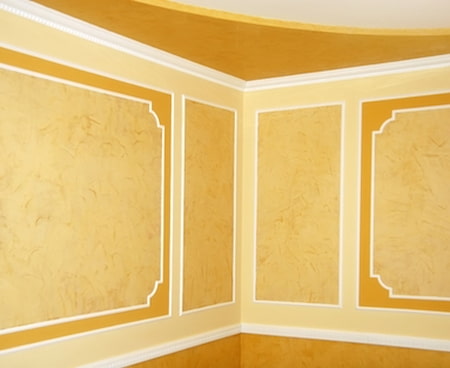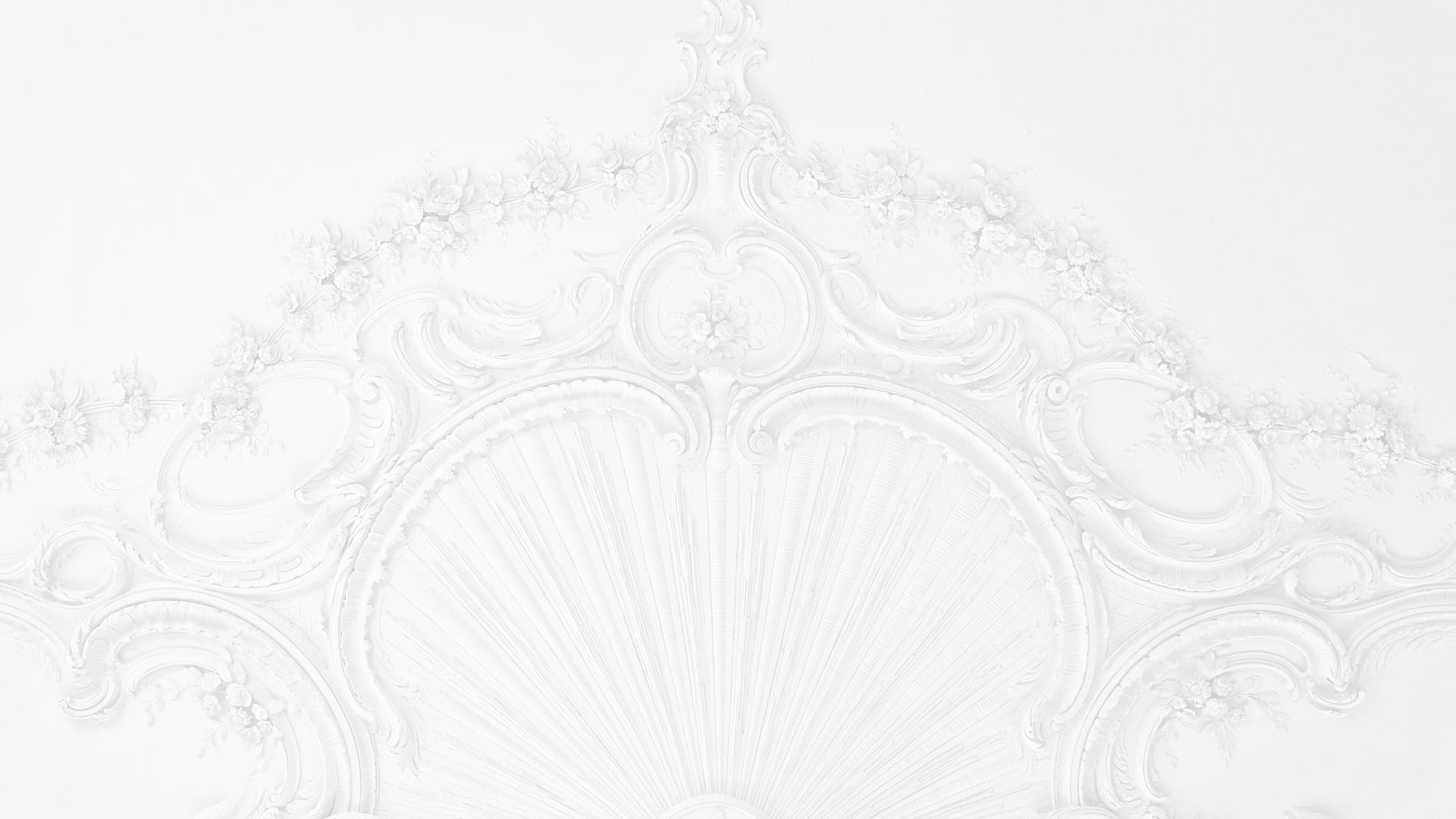Differences Between Venetian Plaster & Stucco

Venetian plaster in New York and New Jersey is a texturing technique that has a long history that dates back to the Roman Empire. The materials and original techniques were developed in Italy. It was developed as a faux decorative wall finish that was designed to simulate the look of marble and granite. When applied correctly and maintain, it can last an extremely long time and will be very durable.
Stucco in New York and New Jersey is another very durable, long lasting, beautiful texture that is very popular on interior and exterior surfaces. You may be confused about the differences between Venetian plaster and stucco, and if so it’s no wonder. Stucco is defined as fine plaster used for coating wall surfaces or molding into architectural decorations. Plaster is actually made with gypsum, lime, or cement so there are differing forms of it and different application techniques such as Venetian plaster and stucco.
Venetian Plaster
Real Venetian plaster contains real marble dust which adds to the beauty of the finish. Traditional Venetian plaster is made of lime or gypsum and applied over laths which are horizontal strips of wood fastened to the joists and studs of a wall. However, it can go over drywall, tile, wood, brick, and even paint. Today’s Venetian plaster products often use synthetic materials. This plaster can be used on the interior or exterior. The good news is that it is environmentally friendly and resists mold and other organisms like bacteria due to the high pH level.
Stucco
Traditional stucco is a cement-based product made of clean sand, hydrated lime, Portland cement, and water. Stucco doesn’t resist mold or bacteria unless the product has additives in it from the manufacturer that do. Stucco is applied directly onto brick, stone, or concrete block masonry surfaces. It is applied in several thin layers. There are different stucco techniques just as there are with Venetian plastering, all of which provide visual texture. Stucco textures vary and so do the colors traditionally applied to stucco. Just like plaster, you don’t want a color that is too dark or it hides the detail of the work and takes away from the design, so the range available is in the more muted colors.
Some stucco techniques are popular in certain areas, such as coastal homes which most often have a smooth texture for a Mediterranean style. The grain of the texture ranges from fine to heavy and rough. The texture styles vary in pattern as well. Some stucco styles are:
- Lace Texture
- Sand-Float Finish
- Smooth Finish
- Worm Finish
- Dash Texture
- Cat Face Textures
- Santa Barbara Finish
